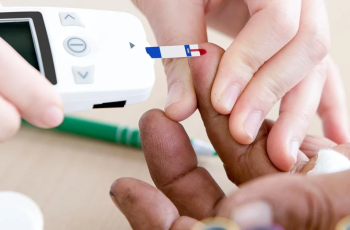Healthy individuals place food in their mouth and then chew it before swallowing. Food moves from the esophagus into the stomach, where it’s digested before going to the small intestine. If there are structural or functional issues with the muscles, nervous system, organs or tissues that move food from the esophagus to the stomach, preventing an individual to eat, an alternative feeding method will be required. The gastrostomy procedure is a surgical procedure where a tube is placed in the stomach of a patient through an abdominal incision. Patients with severe conditions make it difficult to eat. They may need feeding tube insertion.
Many patients may need gastrostomy tubes for a variety of reasons. This includes Crohn’s and celiac diseases. Infant feeding tubes may be required for premature babies. Patients with feeding tubes are often fed liquids. But first, people must understand the purpose of these tubes and how they work.
Why Feeding Tubes are Used

A person may require a feeding device if they are having difficulty eating. A feeding tube may be needed if a patient has a malformation in their esophagus, mouth or throat that makes eating difficult or dangerous. A feeding tube may be needed for individuals who have difficulty swallowing or keeping food down. A feeding tube is also recommended for those who do not receive enough nutrition or fluids through their mouth.
Other examples include premature birth, neurologic disorders, atrial septal defect, and a data-weight=”4688″ href=”https://healthprep.com/conditions/causes-risk factors-cerebral palsy/?utm_medium=internal”>cerebral palsy/a>. Other examples include premature birth, neurological disorders, atrial defect, and CP. Patients with bronchiolitis, celiac, Chiari Malformation and chronic lung diseases may need a temporary or permanent feeding tube. It also applies to Crohn’s disease, Cystic Fibrosis, Down Syndrome, oral motor disorders Muscular Dystrophy, macroglossia, laryngeal Cleft and kidney failure.




